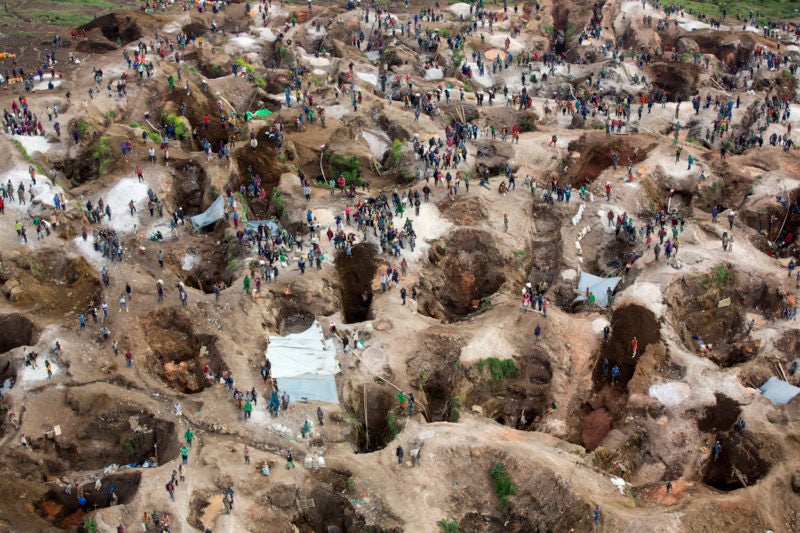
Canadian miner Ivanhoe has reaffirmed its commitment to developing mining and infrastructure projects in the Democratic Republic of the Congo (DRC) following a meeting between its leaders and DRC President Félix Tshisekediof, who took office in January.
Tshisekediof met with Ivanhoe co-chairs Robert Friedland and Yufeng Sun during his state visit to Washington D.C. and discussed several of the company’s projects in the DRC. The national government owns a 20% stake in the Kamoa-Kakula copper project, a vast development with indicated copper reserves of 36.6 million tonnes, and state-owned miner Gécamines owns nearly one-third of the Kipushi project, which boasts total reserves of 11.8 million tonnes, at a zinc grade of 35.34%.
The DRC is the world’s largest cobalt producer and a significant proportion of its income comes through the mining sector, with the industry contributing 22% to its GPD and 28% of all government revenue. Tshisekediof is eager to encourage foreign investment in the country’s mining sector and will be hopeful that Ivanhoe’s proposed mines will be as productive as the company predicts.
“We share President Tshisekedi’s determination to develop a strong partnership between international mining companies and the Democratic Republic of Congo,” said Friedland. “This is a time of historic opportunity for responsible development of the mining sector in the DRC. We look forward to working with all members of the newly-elected government to introduce the DRC to investors around the globe.”
The co-chairs also reaffirmed their plan to complete exploration work in the southern province of Lualaba, around the provincial capital of Kolwezi. The city has historically been a centre of mining in the country, being home to the Anglo-Belgian Union Minière du Haut Katanga mining company in the 20th century, and giving its name to the copper-cobalt mineral kolwezite.
However, the district around the city was one of only five to not be made into provinces in the 2006 DRC constitution; a decision considered a slight due to the district’s history in the country’s mining industry. The International Crisis Group, an NGO that aims to resolve conflicts around the world, said in a 2016 report that the region had “long been neglected by the central government”, so Tshisekediof could be solidifying his political position by encouraging investment in a region left undeveloped by the previous government.
For its part, Ivanhoe made clear to the president that by developing mines in the DRC it would help construct key infrastructure for the country’s residents. The company named roads, railways, ports, bridges and farms as some of the structures created by mining operations that would benefit the country as a whole.
“By working closely with our partners and the government, collectively we will generate widely shared economic benefits that will generate sustainable employment and relevant skills training to ensure that young Congolese will qualify for the thousands of meaningful direct and indirect jobs that will be created,” said Friedland.



